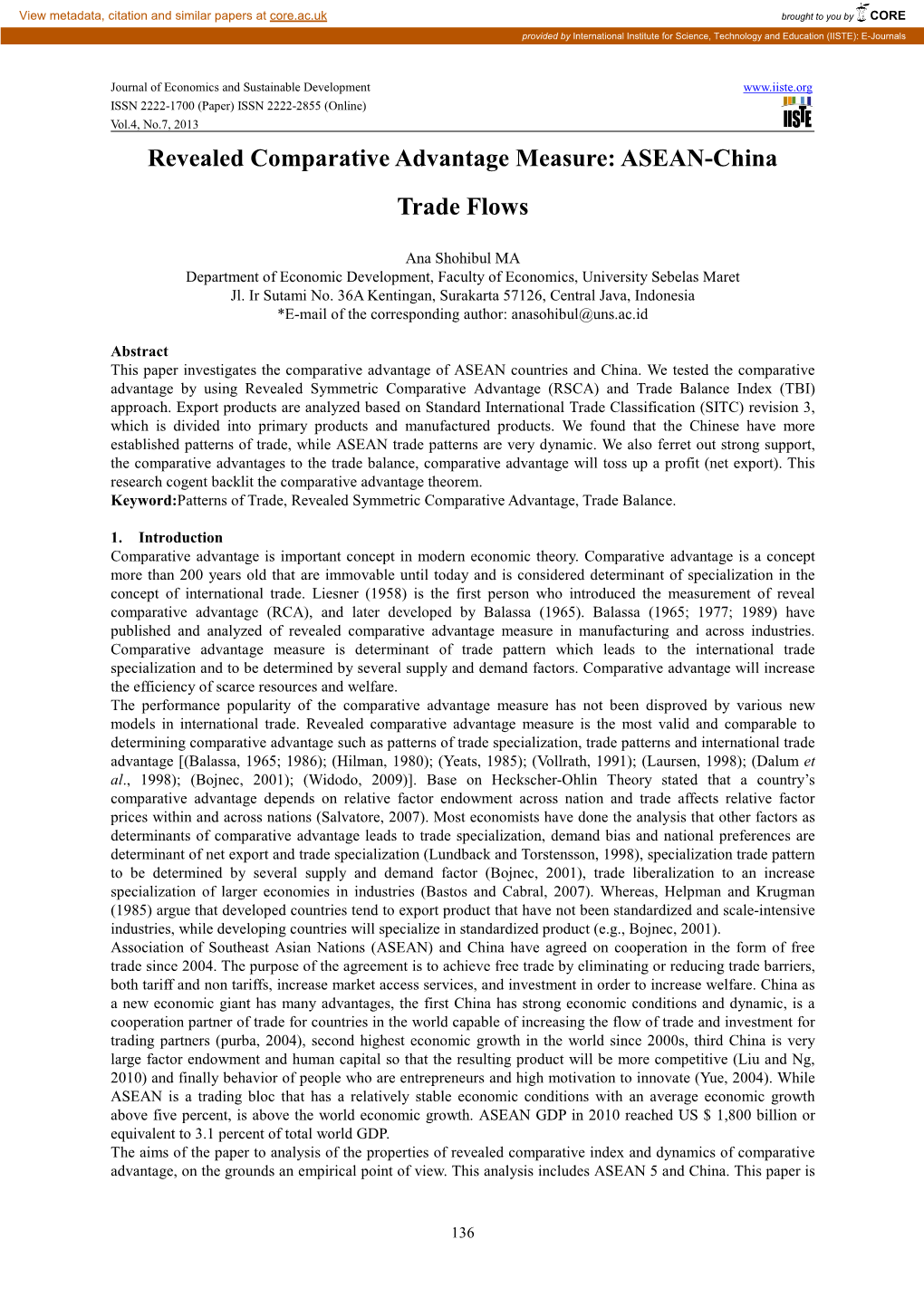US-China Trade Flows: The Impact Of The Tariff Truce

Table of Contents
Pre-Truce Trade Dynamics: Understanding the Landscape Before the Agreement
The escalating trade war between the US and China, marked by tit-for-tat tariff increases, dramatically altered US-China trade flows. This period of heightened tension led to significant economic consequences for both nations. The imposition of tariffs disrupted established supply chains, increased costs for businesses and consumers, and created uncertainty in global markets.
- Key Tariffs: The US imposed tariffs on hundreds of billions of dollars worth of Chinese goods, targeting sectors like technology, manufacturing, and agriculture. China retaliated with its own tariffs on US products.
- Sectoral Impact: The agriculture sector in the US, particularly soybean farmers, suffered significantly. The technology sector experienced disruptions in supply chains and increased production costs. Manufacturing faced challenges in sourcing materials and exporting finished goods.
- Economic Consequences: Both countries experienced economic slowdown, decreased investor confidence, and increased inflationary pressures. The trade war also fueled geopolitical tensions and uncertainty in the global trading system.
- Trade Volume and Patterns: Bilateral trade volume decreased substantially during the height of the trade war, as businesses adjusted to new tariffs and sought alternative sourcing and export markets. Trade patterns shifted, with some businesses relocating production outside of China to avoid tariffs.
The Tariff Truce: Terms, Conditions, and Immediate Effects
The tariff truce, while not a complete resolution of trade disputes, brought a temporary reprieve from further escalation. The terms and conditions varied across different phases of the "truce" and were often loosely defined, leading to ongoing complexities in the relationship.
- Tariff Reductions/Suspensions: Specific tariffs were reduced or suspended, although some remained in place. The exact details and the extent of these reductions varied significantly across different product categories.
- Increased Purchases of US Goods: China committed to significantly increasing its purchases of US agricultural products and other goods. However, meeting these targets proved challenging, leading to ongoing tension and scrutiny.
- Short-Term Market Reactions: The announcement of the tariff truce initially led to positive reactions in global stock markets and a slight stabilization of currency fluctuations. This demonstrated a degree of market confidence in de-escalation.
- Initial Impact on Specific Sectors: Some sectors, particularly agriculture, saw a short-term boost as China increased purchases of US goods. However, the long-term effects remained uncertain, subject to further negotiations and implementation of the agreed-upon trade deal.
Post-Truce Trade Flows: Assessing the Long-Term Impacts
The long-term effects of the tariff truce on US-China trade flows are complex and still unfolding. While the truce eased immediate tensions, it did not resolve underlying structural issues.
- Changes in Trade Volume and Direction: Bilateral trade volume gradually increased after the truce, but it didn't fully recover to pre-trade war levels. Some trade may have been permanently diverted to other countries.
- Shifting Supply Chains and Investment Patterns: Businesses continued to diversify their supply chains and invest in alternative production locations, reducing reliance on either the US or China.
- Impact on Consumer Prices: While the truce initially stabilized prices, lingering tariffs and disrupted supply chains continue to impact consumer prices in both countries.
- Geopolitical Implications: The tariff truce highlighted the complex interdependence and the potential for future trade disputes between the two economic superpowers.
Uncertainties and Future Outlook: Challenges and Opportunities
Despite the tariff truce, significant uncertainties remain regarding the future of US-China trade flows. The relationship remains delicate and subject to ongoing negotiations and potential disputes.
- Ongoing Trade Negotiations: The ongoing trade negotiations and the potential for further disputes continue to cast a shadow over the relationship. Future policy changes can quickly reverse any positive progress.
- Technology and Intellectual Property: The role of technology and intellectual property rights will continue to be a major source of tension in future trade relations. This sector remains highly sensitive and critical to both economies.
- Global Economic Conditions: Global economic conditions, including potential recessions or economic slowdowns, will significantly impact US-China trade flows. External factors significantly influence the bilateral relationship.
- Opportunities for Growth and Collaboration: Despite the challenges, there remain opportunities for growth and collaboration in specific sectors, particularly those related to renewable energy, infrastructure development, and technology innovation. However, trust needs to be rebuilt for significant progress.
Understanding the Future of US-China Trade Flows
The tariff truce significantly impacted US-China trade flows, initially easing tensions and leading to some recovery in trade volume. However, long-term effects remain uncertain due to lingering tariffs, disrupted supply chains, and the potential for future disputes. Both positive and negative aspects are evident. The key takeaway is the need for continued monitoring of trade policies and the potential for further shifts in global trade patterns.
Stay informed about the ongoing evolution of US-China trade flows by following reputable news sources and economic analysts. Understanding these dynamics is crucial for navigating the complexities of global trade and making informed business decisions in this critical bilateral relationship. Further research into specific sectors affected by the trade war and subsequent truce will provide a deeper understanding of the long-term impacts on US-China trade flows.

Featured Posts
-
 2025 Pro Motocross Championship A Season Preview
May 31, 2025
2025 Pro Motocross Championship A Season Preview
May 31, 2025 -
 Unseen Talent Kaitlyn Devers Breakout Role Before The Last Of Us
May 31, 2025
Unseen Talent Kaitlyn Devers Breakout Role Before The Last Of Us
May 31, 2025 -
 Isabelle Autissier L Urgence D Une Union Face Aux Defis Environnementaux
May 31, 2025
Isabelle Autissier L Urgence D Une Union Face Aux Defis Environnementaux
May 31, 2025 -
 Important News And Updates For Thursday March 27 2025
May 31, 2025
Important News And Updates For Thursday March 27 2025
May 31, 2025 -
 Severe Weather Alert Wind Advisory Plus Snow On Tuesday
May 31, 2025
Severe Weather Alert Wind Advisory Plus Snow On Tuesday
May 31, 2025
